Say, I want to generate noise over a sphere.
I want to do this to procedurally generate three-dimensional 'blobs'. And use these blobs to generate low poly trees, somewhat like this:

Can I accomplish this as follows?
- First define a sphere that consists of a certain number of vertices, each of them defined by known (x,y,z) coordinates
Then generate an additional entropy (or noise) value e as follows:
var e = simplex.noise3d(x,y,z)
then use scalar multiplication to offset, or extrude the original point into 3D space, by entropy value e:
point.position.multiplyScalar(e)
Then finally reconstruct a new mesh from these newly computed offset points.
Can I define a sphere that consists of a certain number of vertices, each of them defined by known (x,y,z) coordinates, and then generate an entropy or noise value
I consider this approach because it is widely used to generate terrain meshes using two-dimensional noise on a two dimensional plane, thus resulting in a three dimensional plane:

Looking at examples I understand this concept of terrain generation using two-dimensional noise as follows:
You define a two-dimensional grid of points, essentially a plane. Thus each point has two known coordinates and is defined in three-dimensional space as ( X, Y = 0, Z ). In this case Y represents the height that will be computed by a noise generator.
You feed the X and Z coordinates of each point in the grid to a Simplex noise generator, that returns noise value Y.
var point.y = simplex.noise2d(x, z);
Now our grid of points has been displaced across the Y axis of our three-dimensional space, and we can create a natural-looking terrain mesh from them.
Can I use the same approach to generate noise on a spherical surface using three-dimensional noise. Is this even a good idea? And is there a simpler way?
I am implementing this in WebGL and Three.js.